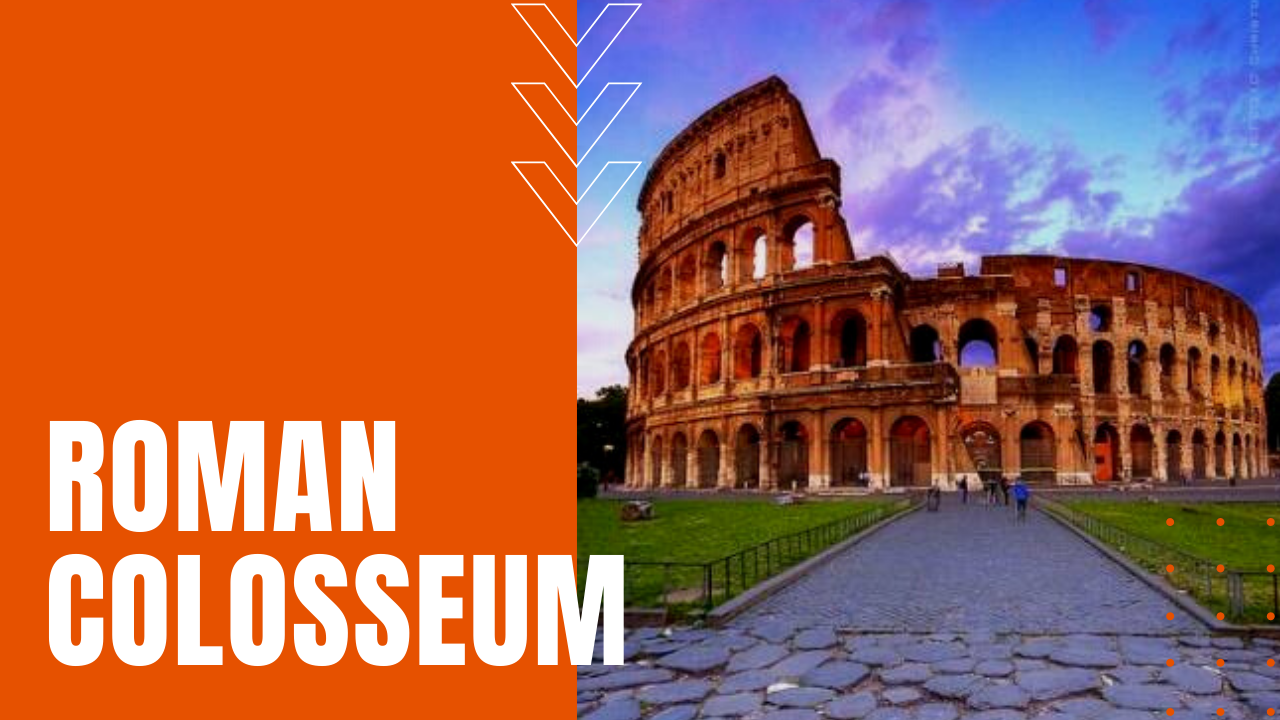Roman Colosseum: Construction, Contemporary Use and Conservation

After the decadent Roman emperor Nero committed suicide in 68 A.D., his misrule and financial drain on the Roman treasury spawned a series of civil wars that saw no fewer than four emperors take the throne in the decade to follow.
When Was the Roman Colosseum Built?
The fourth was Vespasian, who tore down Nero’s Golden Palace to build a new amphitheater for the Roman people. After nearly a decade of construction, Vespasian’s son, Titus—particularly well-loved for his handling of the 79 A.D. eruption of Mt. Vesuvius that destroyed the towns of Herculaneum and Pompeii—officially dedicated the Colosseum in 80 A.D. with a festival that included 100 days of games.
Clocking in at 620 feet in length by 513 feet in width, the Colosseum held the record as the largest amphitheater in the Roman Empire, and unlike many earlier examples which were partially dug into hillsides, the Colosseum was the first freestanding structure built entirely from stone and concrete, replete with 80 arched entryways supported by semi-circular columns stacked three stories high. The lower columns were made in the simple Doric order or style, topped by Ionic columns on the second level and ornate Corinthian order columns on the third.
What Was the Roman Colosseum Used For?
Most likely seated in accordance with social ranking, the Colosseum could house 50,000 spectators, who packed the stadium to watch gladiatorial combats of mostly slaves, condemned criminals, Christians or prisoners of war. Wild animal fights were another popular form of entertainment, along with mock naval engagements, which took place after the arena floor was filled with water at great expense.
The Colosseum remained in active use for the next four centuries despite repeated damage caused by lightning and earthquakes, until the Fall of the Western Roman Empire diminished appetites for gladiatorial sports by the 6th century A.D., at which point it was abandoned entirely and used as a quarry for the construction of other buildings in Rome, including St. Peter and St. John Lateran cathedrals, defensive fortifications along the Tiber River and the Piazza Venezia.
Despite some conservation efforts by 18th-century popes, by the 20th century, weather, natural disasters and vandalism had destroyed nearly two-thirds of the original Colosseum, until restoration began in the 1990s, making the Colosseum a curse for ancient Christians, and one of the most beloved tourist attractions in modern Rome.
